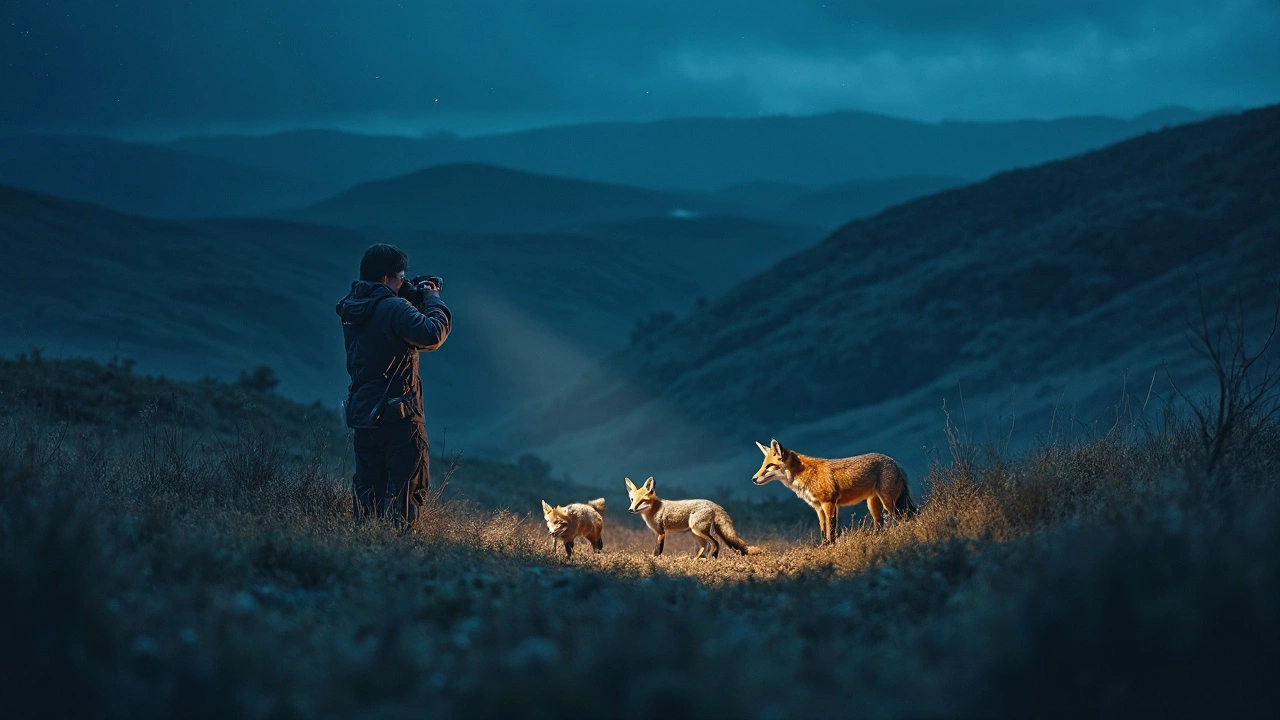Most people think night photos are a pain, but you don’t need fancy gear to get decent results. The trick is to understand light, pick the right settings, and use tools that boost what the camera sees.
Modern phones come with a built‑in night mode that stacks multiple exposures. Turn it on, hold the phone steady, and let the software do the heavy lifting. If you can, use a small tripod or rest the phone on a solid surface – the steadier the device, the cleaner the image.
Don’t rely on the flash; it creates hard shadows and washes out colour. Instead, look for ambient light – street lamps, car headlights, or a distant porch light. Position your subject where that glow falls naturally and let the phone’s sensor gather the rest.
When a phone isn’t enough, a dedicated night‑vision camera or an IR‑illuminated security cam can fill the gap. Look for devices that list “infrared” or “IR illuminator” in the specs. The illuminator acts like a flashlight that only the camera sees, turning dark scenes into visible detail without startling people.
Check the range – a 10‑meter IR light works for a porch, but a garden may need 20‑meter coverage. Also, make sure the camera supports a “night vision” mode that switches to black‑and‑white for better contrast.
Once you have the gear, set it up where it can see the most area without being blocked. Avoid pointing it directly at bright lights; the sensor will flare and lose detail. Angle the camera slightly downwards so the IR light spreads evenly across the ground.
If you’re mixing a DSLR with a night‑vision add‑on, shoot in manual mode. Open the aperture wide (f/2.8 or lower), raise the ISO to 800‑1600, and use a shutter speed of 2‑5 seconds. A tripod is a must – any shake will blur the shot.
Remember to review the image on the spot. Zoom in on the screen to see if noise is too high or if the focus is soft. Small adjustments to ISO or exposure can make a big difference.
Finally, think about post‑processing. A little contrast boost and noise reduction in a free app can turn a grainy picture into a crisp night scene. Don’t over‑do it; you want the details to stay natural.
Night photography isn’t magic – it’s about mastering the tools you have and working with the little light that exists. Whether you’re using a phone’s night mode or a dedicated IR camera, these steps will help you get clear, compelling shots after the sun goes down.

Discover the best night vision cameras that can enhance your night-time photography or security needs. This guide provides insights into what makes a great night camera, covering features like low-light performance, ease of use, and price. Whether you're capturing wildlife or keeping your property safe, there's a camera for you. Learn about top brands and models that stand out for their reliability and quality. Equip yourself with invaluable buying tips and facts on making the right choice.